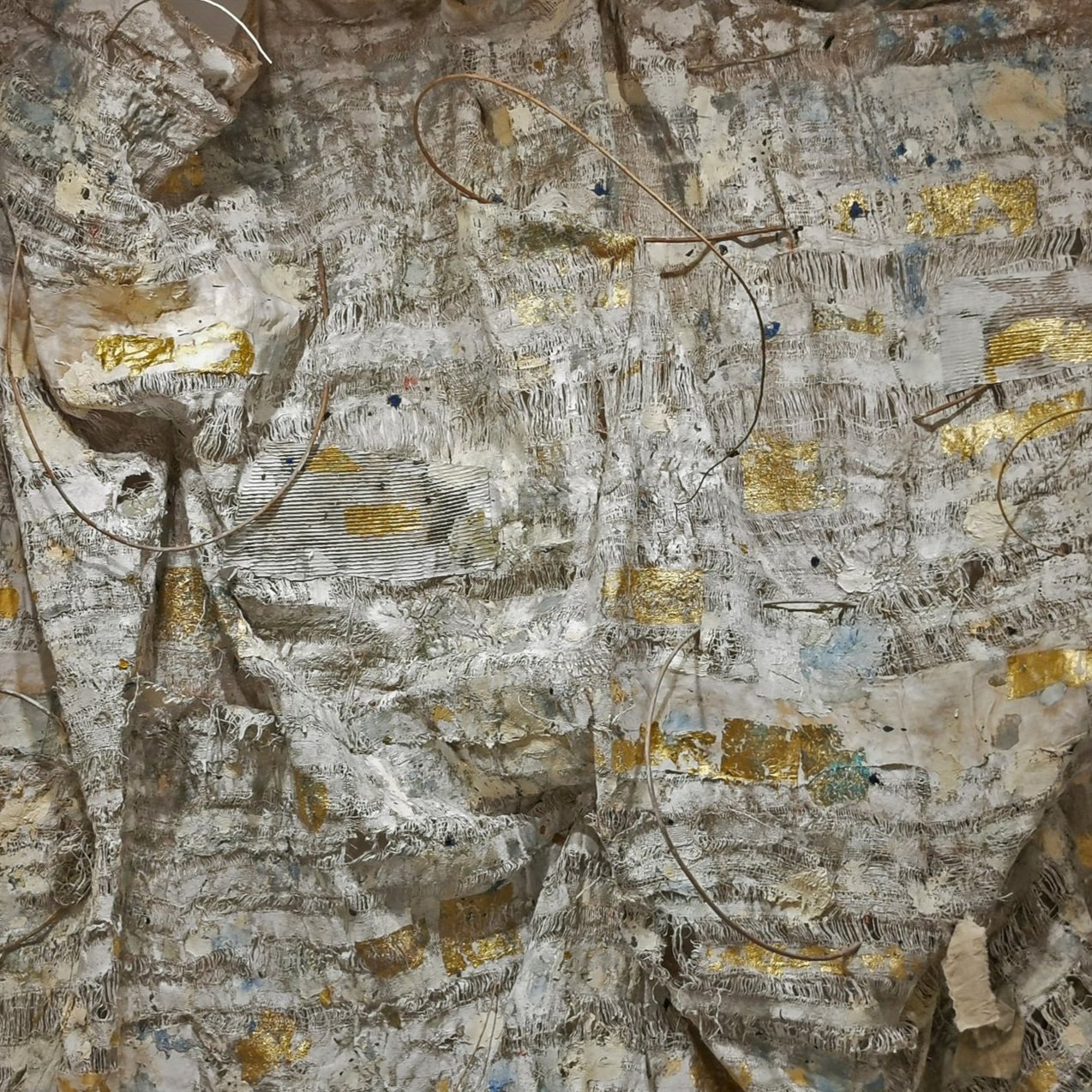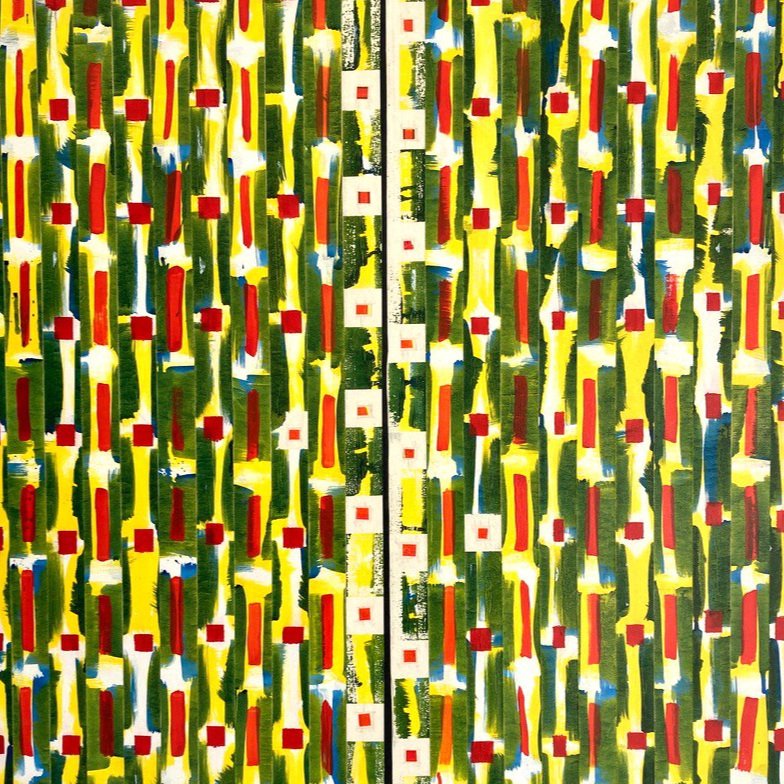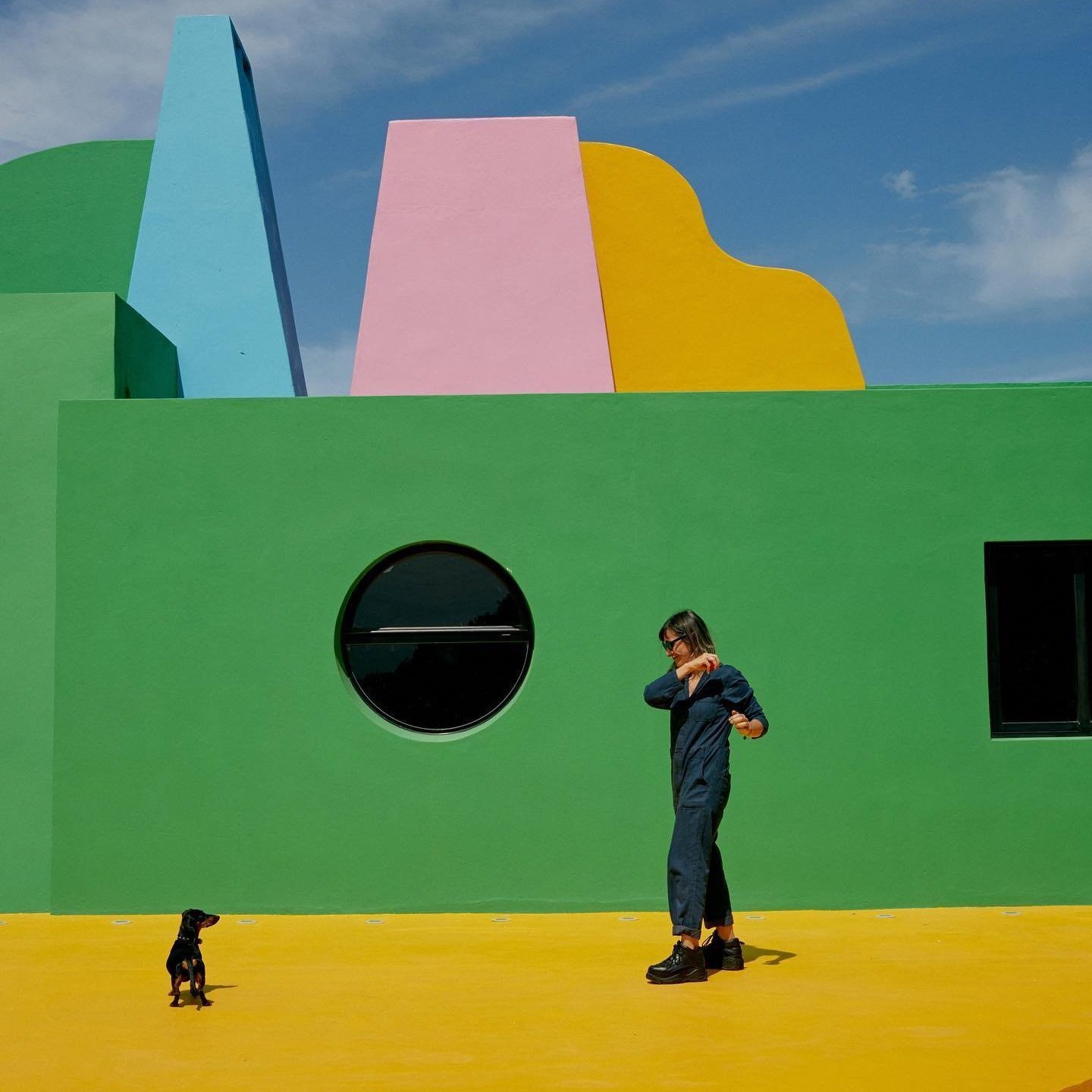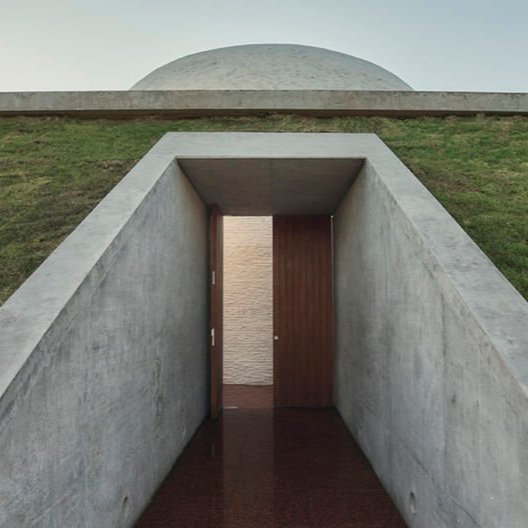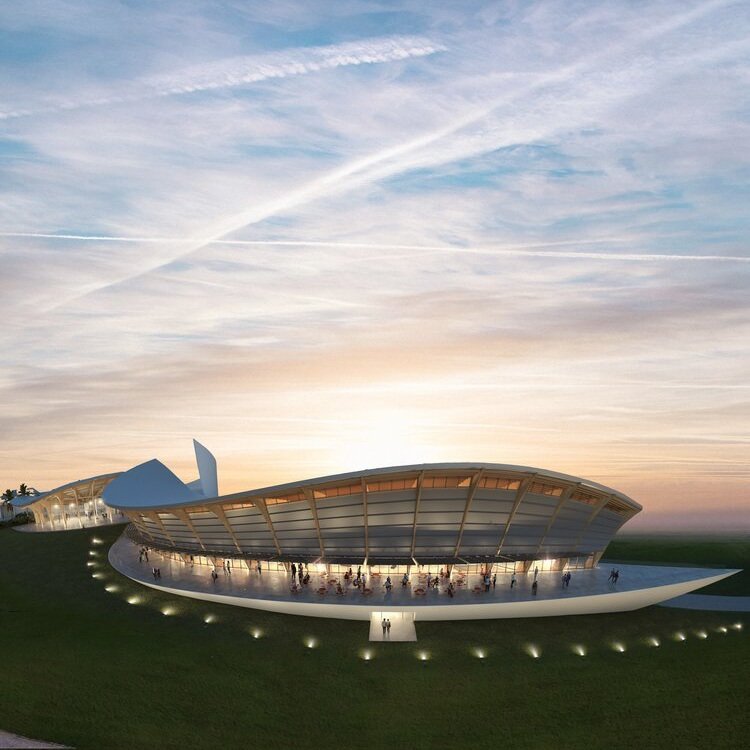WHEN & WHERE
OPEN TO THE PUBLIC
January 5, 2025
January 6, 2025
January 7, 2025
January 4, 2025
PREVIEW | Only by invitation
5 pm – 10 pm
PAVILION VIK
Ruta 10, Km 182,5
José Ignacio, Uruguay
www.estearte.com
info@estearte.com
25 USD | Regular ticket
Buy tickets at the door and online soon.
WHAT TO SEE
WHERE TO STAY
WHERE TO EAT
HOW TO GET THERE
BY PLANE
The Carrasco International Airport is located in Montevideo, capital of Uruguay. Iberia has connecting flights from São Paulo (Brazil), Asunción (Paraguay), Santiago de Chile (Chile) and Madrid (Spain). There are other companies that also have flights to Montevideo. American Airlines has a non-stop flight from Miami (USA) to Montevideo (Uruguay). The flight runs four times a week and runs all year round; the other three days it connects via Buenos Aires (EZE). Many long-haul flights to Montevideo stop in Buenos Aires, Santiago or São Paulo. LAN connects to Australia and New Zealand via Chile. Copa Airlines offers daily flights between its hub in Panama city, Panama and Montevideo. 15 kilometers away from the city of Punta del Este, there lies Laguna del Sauce Airport, which operates only with commercial flights.
BY BOAT
The Buquebus ferry service operates between Buenos Aires (Argentina) and both Colonia del Sacramento (Uruguay) and Montevideo (Uruguay). Some services continue from there to Punta del Este. Colonia Express operates between Buenos Aires and Colonia by one hour ferry and then by bus to Montevideo. Seacat Colonia also operates between Buenos Aires and Colonia by one hour ferry and then by bus to Montevideo and Punta del Este.
BY CAR
Uruguay is linked to Argentina via bridges over the Rio Uruguay at Fray Bentos, Paysandú, Salto and Bella Unión. Uruguay is also linked to Brazil at Bella Unión, Artigas, Rivera, Cerrillada, Aceguá, Río Branco and Chuy.
BY BUS
There are many buses running from the Brazilian cities of Porto Alegre, São Paulo and Rio de Janeiro. The country features extensive bus networks and there are many services that run from Montevideo to different cities across the country. Terminal Tres Cruces, Agencia Central and Terminal Ciudad Vieja are the three main hubs. Travel by bus is very safe. International bus service is available to Sao Paulo, Porto Alegre (Brazil), most of the Argentinian provinces (Buenos Aires, Córdoba, Mendoza, Entre Ríos), Asunción (Paraguay) and Santiago de Chile (Chile).
GETTING AROUND
CAR RENTALS
To rent a car in Uruguay residents of many countries (including the United States) need only their driver's license, passport and credit card; only residents of certain countries must obtain an International Driver's Permit. Most of the cars in Uruguay are manual transmissions, which means that vehicles with automatic transmissions are more expensive.
DRIVING
Driving in Uruguay is very similar to European driving. Many intersections are marked only with yield signs. If you don't see a sign, treat it as a yield. If you see a stop sign ("Pare"), it means stop, please, stop, probably because it's a blind intersection or that someone was run over there. Headlights must be turned on at all times while moving. Uruguayan law requires drivers to keep both hands on the steering wheel while moving, which means you cannot use a handheld cell phone while driving. The speed limit ranges between 75 km/h to 110 km/h on most intercity highways, with 90 km/h standard on most stretches.
TAXI
Taxis and UBER in Uruguay are safe and affordable.
REMISE
Remise is a private sedan service, known for being more confortable and professional than a taxi service. Drivers can speak English and wear suits.
BUS
Uruguay has an extensive internal bus system. Non-local/departamental buses leave from Tres Cruces station, which also serves the international buses. The buses are frequent, safe, comfortable and many companies serve the same routes.
You can access more information about Punta del Este here & here.
ESTE: GALLERY CLIMATE COALITION
We’re very excited to announce the launch of a groundbreaking new initiative! In collaboration with @galleryclimatecoalition, ESTE ARTE, along with ARCO, Art Basel, CHART, Easyfairs, Frieze, Liste Art Fair Basel, Market Art Fair, Ramsay Fairs, STAGE Bregenz, TEFAF, The Art Show, Untitled Art, have come together to address environmental impacts and find solutions collectively.
At the heart of this initiative is the Art Fair Toolkit for Environmental Responsibility, collaboratively developed with this group to provide a clear roadmap for significantly reducing our environmental impacts by 2030. Through a co-signed statement, we all have committed to implementing the toolkit’s strategies, marking a pivotal moment for climate action in the art world. We would like to celebrate and thank GCC and the other participating organizations for their work on this initiative.
We also extend an open invitation to any further art fairs that are willing to collaborate and commit to these same environmental standards!



